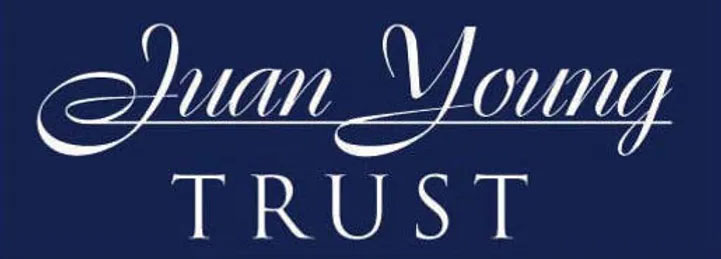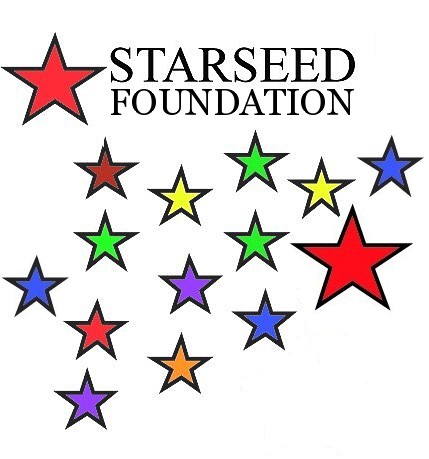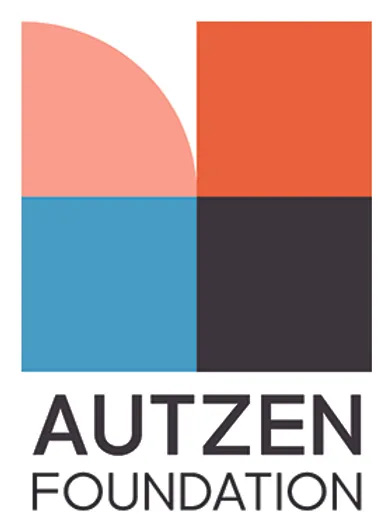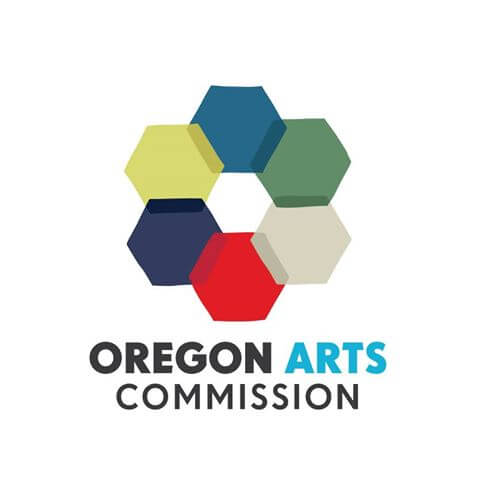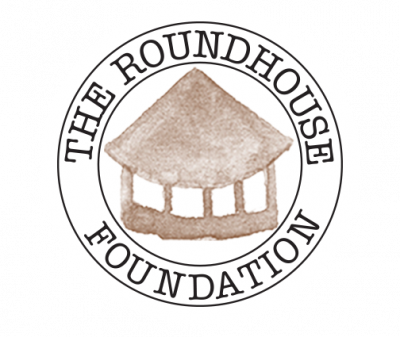At Four Rivers Cultural Center, we marvel at the transforming power of story. It’s why we celebrate the history of our diverse world. We acknowledge that by building a connection to our world, we are creating a healthy atmosphere of curiosity, discovery, education, and inspiration for a better future.
A powerhouse of stories, our museum houses the regional wonders of more than a century.
Our unique collection includes unforgettable life-scale dioramas that trace the settlement patterns of the cultures which formed the Four Rivers region. Taking a closer look at its people, its land, and its water, the museum brings to life the remarkable stories of the Northern Paiutes, Basque, Japanese, Hispanic, and EuroAmerican immigrants.
What you’ll see:
– A 13-minute educational film designed to provide a historical context to the 13,000 sq ft museum.
– Life-size dioramas of a Northern Paiute village, Basque Sheepherder Campsite, an Owyhee Dam water pipeline, Japanese Tea House, and more.
Admission
Members: FREE
Adults: $6
Seniors 65+, students, & military: $4
Youth: $3
Children 5 and under: FREE
Estimated visiting time: 13-minute introductory video & 45-minute tour
To request a private, school tour, or special group rates, contact events@4rcc.com
The diorama leads to exhibits on the reservation period and removal of the Paiute from the Malheur Reservation as the cattle move into the region.
In 1883, the arrival of the Oregon Short Line Railroad brought a new focus to the area, opening up new markets in agriculture and improved accessibility for new settlers.

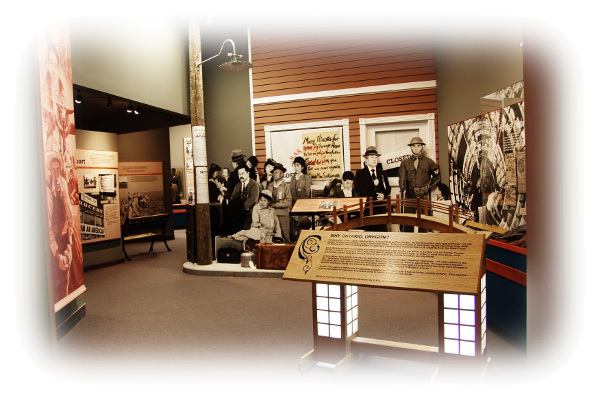
The second major exhibit gallery describes contemporary Cultures and Communities. Four re-created building facades serve as the backdrop for discussion of issues faced by the modern settlers in Eastern Oregon and Western Idaho.




